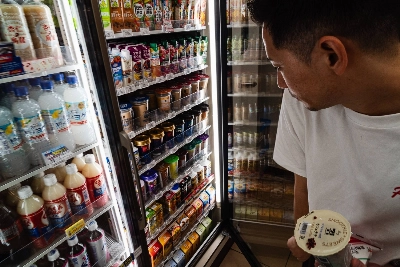The U.S. economy hasn’t seen tariffs like these in around 80 years. Given the lack of recent precedent, the Federal Reserve is right to wait on more evidence that consumer prices aren’t spiking before proceeding with interest rate cuts. There’s another reason to tread carefully in these uncertain times: The extremely unusual behavior of the U.S. dollar.
Many economists — including Council of Economic Advisers Chair Stephen Miran — expected the buck to strengthen when U.S. President Donald Trump implemented tariffs. In an essay published last November, Miran wrote that the exchange rate was "more likely than not” to appreciate alongside an improving trade balance, as it did during Trump’s first trade war in 2018 and 2019. The so-called currency offset was critical to his view that the new duties wouldn’t necessarily be passed through to consumers, at least not entirely. Treasury Secretary Scott Bessent made the same point during his confirmation hearings.
Bafflingly, the dollar actually weakened for reasons that are still hotly debated (more on that shortly.) The U.S. dollar Index has declined by 6.8% since just before the "Liberation Day” tariffs unveiled on April 2 and it’s down about 10% in 2025, the worst year-to-date performance in at least a quarter century. The median forecaster surveyed by Bloomberg expects the greenback to depreciate further over the next year or so.

















With your current subscription plan you can comment on stories. However, before writing your first comment, please create a display name in the Profile section of your subscriber account page.